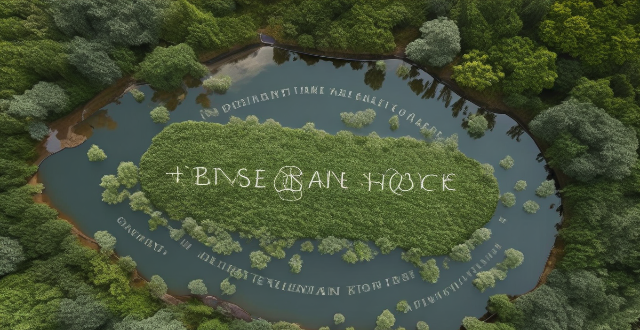The text delves into the nature of variety shows, addressing the balance between scripted segments and moments of genuine spontaneity. It underscores that while not all parts are unplanned, many are carefully choreographed to ensure seamless performances, especially in high-energy acts. The discussion highlights the roles of editing and participant roles in shaping the final product, enhancing dramatic impact, and maintaining consistency. Furthermore, it emphasizes the inclusion of drama in variety shows to heighten emotional engagement and provide narrative arcs, cautioning viewers about distinguishing genuine from scripted elements. Overall, the text suggests that viewers should be aware of the show's structured aspects but can still enjoy its entertainment value, appreciating the blend of scripted drama and real-life experiences.

Can Viewers Always Trust What They See on Variety Shows?
Variety shows are a popular form of entertainment that showcases a wide range of acts, from singing and dancing to comedy sketches and stunts. However, the question remains: can viewers always trust what they see on these programs, or is it often scripted for drama?
The Reality of Variety Shows
It is important to understand that variety shows are not entirely unscripted. While some segments may be spontaneous and unplanned, many are carefully choreographed and rehearsed to ensure a seamless performance. This is especially true for high-energy acts like dance routines and musical performances.
Key Points to Consider
1. Scripted Segments: Some portions of variety shows are indeed scripted, including certain comedy sketches, interviews, and even audience reactions. This is done to create a more engaging viewing experience and to control the pacing of the show.
2. Spontaneous Moments: Despite the presence of scripted elements, there are still moments of genuine spontaneity in variety shows. These can include unexpected interactions between performers or surprise guest appearances.
3. Editing: Post-production editing plays a significant role in shaping the final product. This process can alter the sequence of events, add sound effects, and even manipulate audio levels to enhance dramatic impact.
4. Participant Roles: Some participants in variety shows may have predefined roles, such as comedians playing specific characters or hosts following a scripted introduction. This helps maintain consistency throughout the program.
Drama in Variety Shows
The inclusion of drama in variety shows serves multiple purposes. It can heighten emotional engagement, create tension, and provide a narrative arc for viewers to follow. However, it is essential to recognize when these elements are genuine versus scripted.
Examples of Drama in Variety Shows
- Competition Formats: Shows like singing competitions or talent contests may have predetermined outcomes, but the journey leading up to them can still be authentic.
- Emotional Storytelling: Some segments may focus on personal stories or challenges faced by participants, which can be both inspiring and dramatic.
- Conflict Resolution: Situations involving conflict resolution, such as misunderstandings between cast members, may be staged for dramatic effect.
Conclusion
In conclusion, while variety shows do contain elements of scripting and planning, they also offer moments of genuine spontaneity and authenticity. Viewers should be aware that not everything they see is entirely unscripted but can still enjoy the entertainment value provided by these programs. By understanding the balance between scripted drama and real-life experiences, audiences can fully appreciate the diverse nature of variety shows.